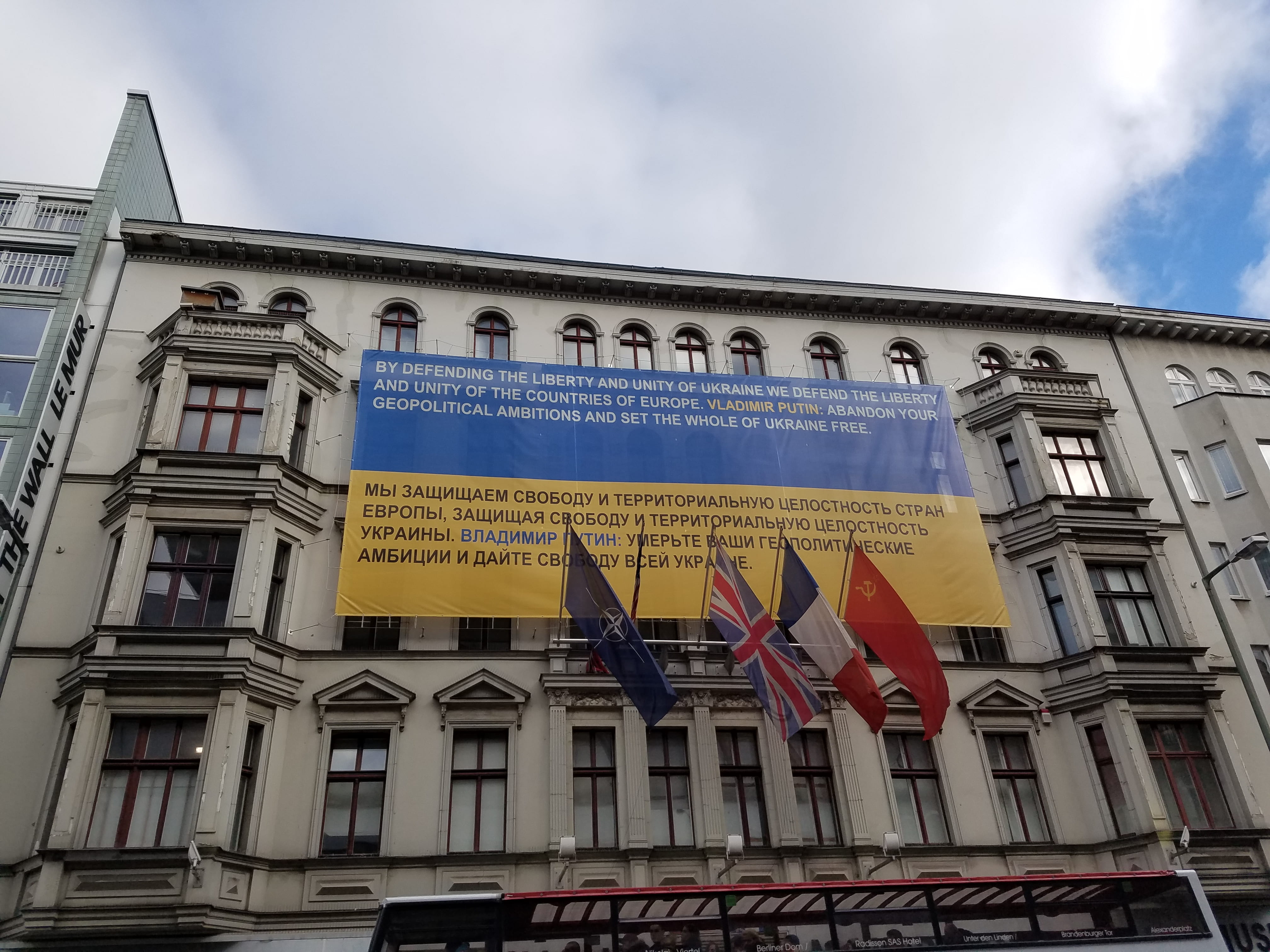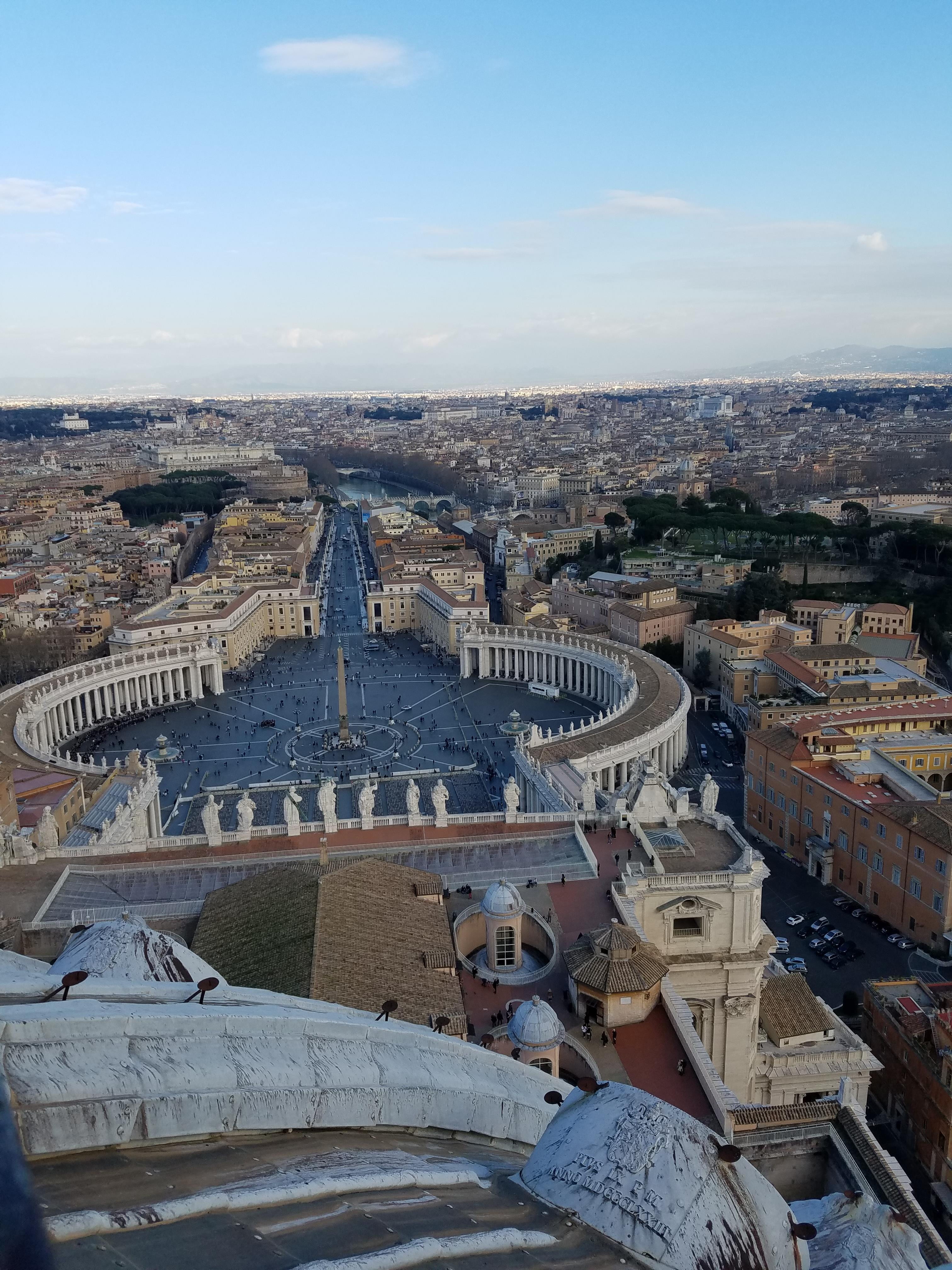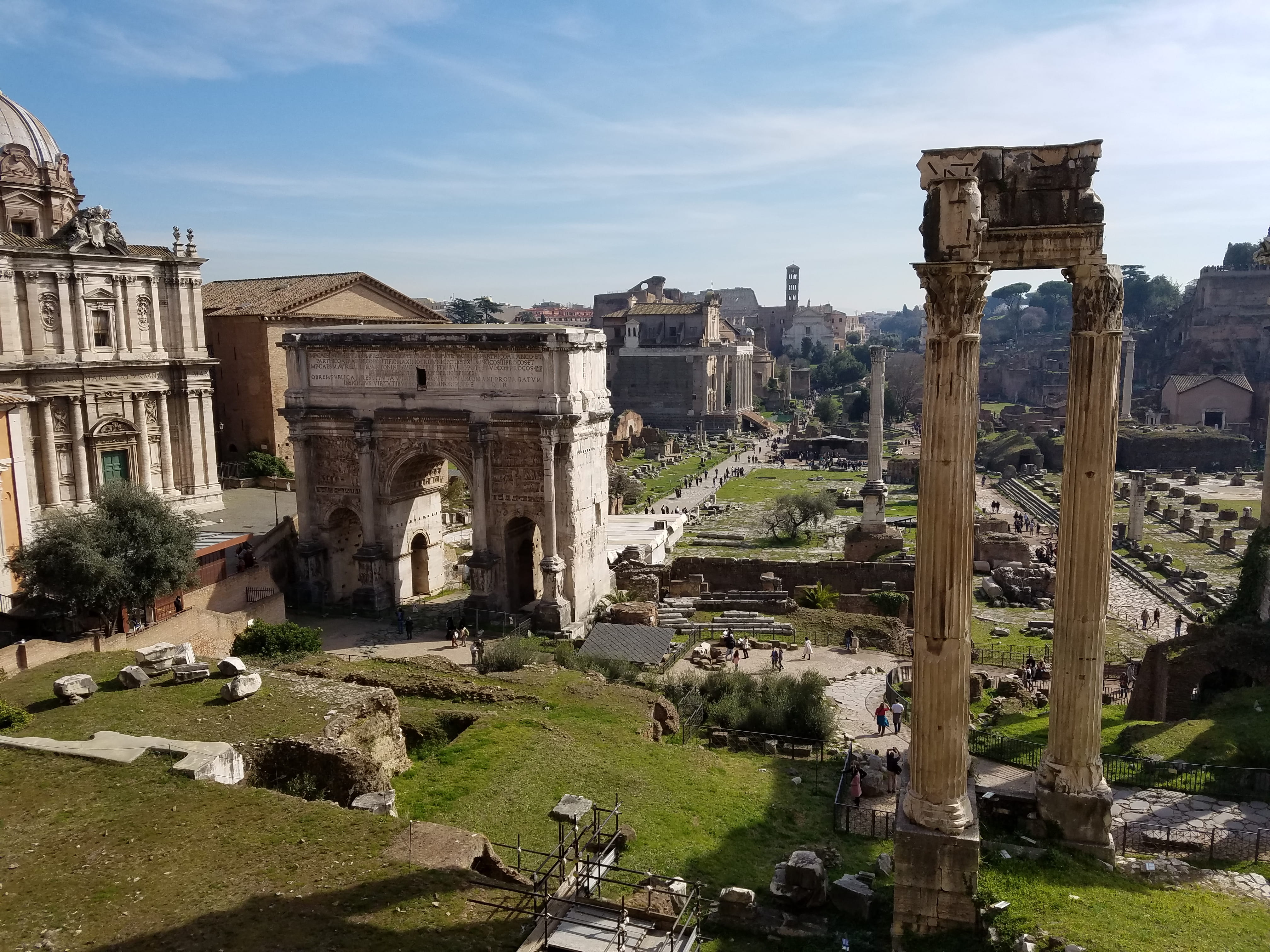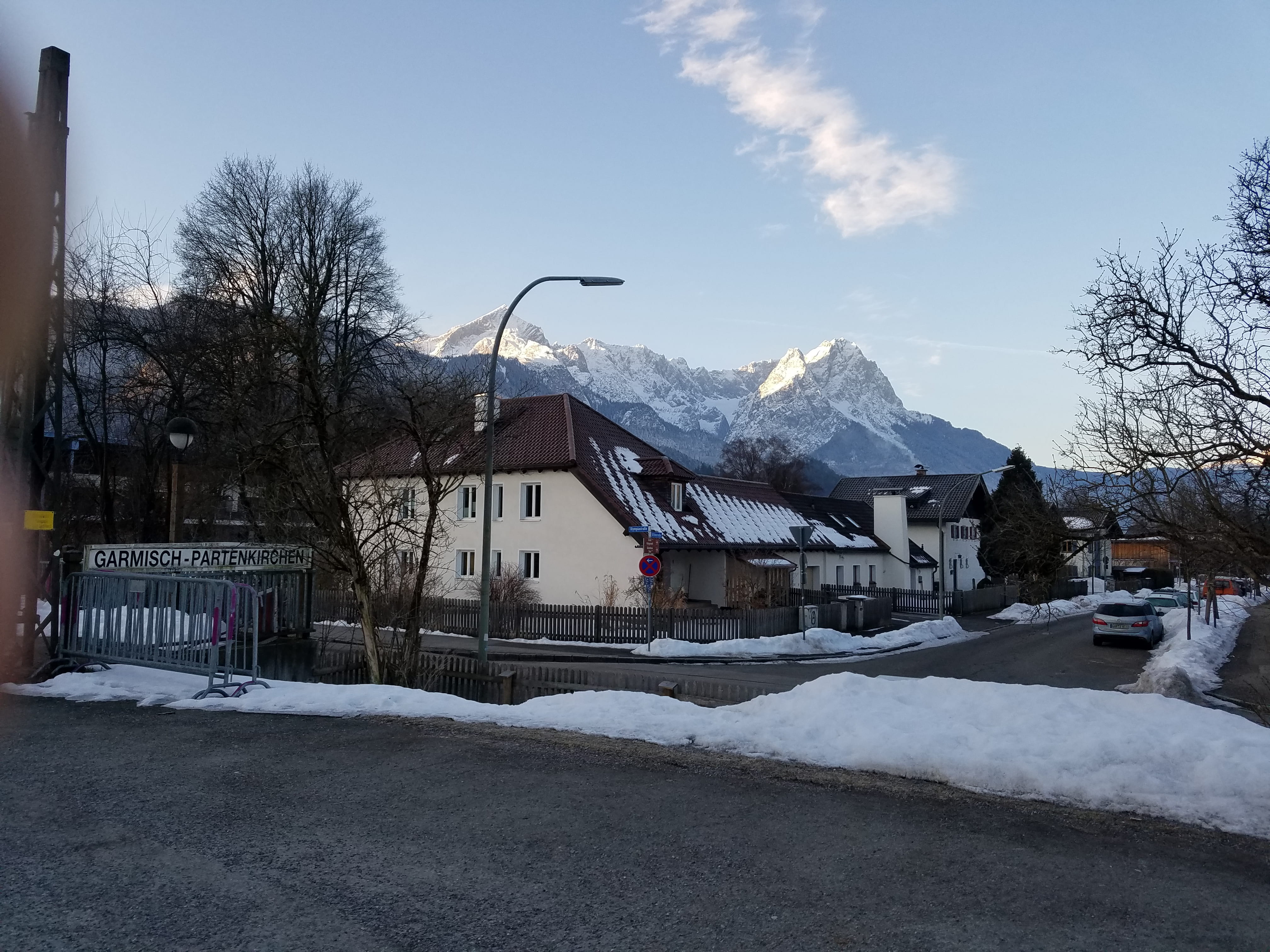
Last weekend I made my first foray into the land of lederhosen: Bavaria. The largest region (by area) in Germany, Bavaria is home to over 12.5 million Germans and is highlighted by the city that this blog makes its namesake, München (or as you might know it in English, Munich). A common stereotype about Germans I’ve heard throughout my life is that they only care about work and achieving peak efficiency and I can’t say whether that is true or not everywhere, but it is certainly just a stereotype in the South of Germany. I found almost every local I met to be polite and inviting even though it was obvious that we were tourists, and Americans at that. I feel that knowing how to relax after work, and being able to forget about the stresses of life are skills that Bavarians excel in. The atmosphere of every restaurant and gathering place we visited were so lighthearted and joyous, more so, I think, than any place I have visited to date. As a destination in Europe I can’t help but recommend the Bavarian region and the city of Munich to anyone interested in both history and a fun environment.

The biggest highlight of my trip had to be the walking tour that I went on through the city. I love history and Munich is a city that has been around for a very, very long time. It was really cool to hear first-hand from someone who lives there about everything that’s happened in the city’s past, from the original founder’s partnership with the greatest Holy Roman Emperor Barbarossa, that turned sour and resulted in his exile, to how in World War II, 90% of the city was destroyed, only to be rebuilt and make such a comeback that it was able to host the Olympic Games in the 70’s. It was unbelievable, and a little scary, that less than 85 years ago, Hitler had walked these very streets and led his march to try to uproot the Bavarian government through the same square where I drank an afternoon cup of coffee. If history is what you are looking for in your travels, there is plenty to be had in Munich.

But of course, Munich is more than just its history, the city today alone is worth visiting, so even if history isn’t your thing, come for the people, for the food, and, if you are of legal drinking age of course, Munich is known for having the best beer in all of Germany (or as Germans would purport, the world) and is actually something that plays a large part in their history and culture.
I had the opportunity to meet a local older couple while out for dinner and was blown away at how welcoming and friendly they were, despite the language barrier. Europe is filled with exciting and interesting places, and I believe that Munich, Germany should hold a place among the greatest of these, and I know for a fact that when I return to Europe later in my life I will try my hardest to find a place for Munich again in my travels.
















 saw a tentacle unfurl under one of the rocks. My girlfriend instinctively took a stick and tried to coax it out, and we got so close to seeing the whole body, but the little guy was too shy. It was pretty amazing though to see something like that in the wild and up close!
saw a tentacle unfurl under one of the rocks. My girlfriend instinctively took a stick and tried to coax it out, and we got so close to seeing the whole body, but the little guy was too shy. It was pretty amazing though to see something like that in the wild and up close!









 You’re just about to have a third sip of your coffee when you notice a slight shift in your friend’s eyes. You look down to follow their gazes and there, right in front of you, is a fluffy, white cat, walking past your table. Your eyes follow him as he struts across the room, and you start noticing more things, more cats. About twelve. There are about twelve cats in the same space as you. This was definitely a high point in my life.
You’re just about to have a third sip of your coffee when you notice a slight shift in your friend’s eyes. You look down to follow their gazes and there, right in front of you, is a fluffy, white cat, walking past your table. Your eyes follow him as he struts across the room, and you start noticing more things, more cats. About twelve. There are about twelve cats in the same space as you. This was definitely a high point in my life. we spent about 20% of our time learning semi-useful information, and the rest of time playing on the giant pirate ship that was docked in the back. Granted, it wasn’t actually a pirate ship, but it was still really cool getting to run around on it, pretending to be crewmen! We were able to lay in tiny boat hammocks and walk through a life-sized whale sculpture within the same hour. We were having a wonderful day so far. Once we hit the three hour mark at the museum, my friends and I decided to head back to our AirBnB to make dinner. On the way home, we stopped at a grocery store and got all of the necessities for making tacos, plus a box of chocolates for our hosts (Pro tip: when staying with a host family, leave them a nice box of chocolates and a sweet note. You can never go wrong with a nice box of chocolates and a sweet note).
we spent about 20% of our time learning semi-useful information, and the rest of time playing on the giant pirate ship that was docked in the back. Granted, it wasn’t actually a pirate ship, but it was still really cool getting to run around on it, pretending to be crewmen! We were able to lay in tiny boat hammocks and walk through a life-sized whale sculpture within the same hour. We were having a wonderful day so far. Once we hit the three hour mark at the museum, my friends and I decided to head back to our AirBnB to make dinner. On the way home, we stopped at a grocery store and got all of the necessities for making tacos, plus a box of chocolates for our hosts (Pro tip: when staying with a host family, leave them a nice box of chocolates and a sweet note. You can never go wrong with a nice box of chocolates and a sweet note).